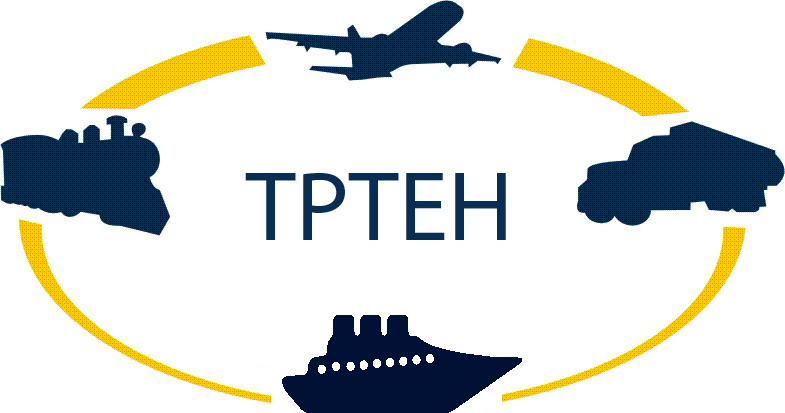1 – Abbas K. A., and M. G. H. Bell (1994) System Dynamics Applicability to Transportation Modelling. Transportation Research, Vol. 28A, No. 5. Pergamon Press, UK pp. 373-400.
2 – Abbas K. A. (1990) A Road Provision Model Using System Dynamics. In System Dynamics ’90, D. F. Andersen, G. P. Richardson and J. D. Sterman (Eds.). The System Dynamics Society, Cambridge, Mass., pp. 1-15.
Abstract:
One of the most difficult tasks facing highway administrators is how to efficiently manage the allocation of road funds. In this paper, a comprehensible, easy-to-use, highway management tool is presented. This tool takes the form of a computer simulation model, which is intended to assist managers of a network of highways to make better decisions concerning the allocation of scarce funds. It mainly simulates the effects of different investment strategies and maintenance options on the road network. This is done by tracing the life-cycle costs of the major activities of providing and maintaining the road system, and by considering the effects that these activities have on the state and performance of the road network.
3 – Abbas K. A. (1990) The Use of System Dynamics in Modelling Transportation Systems With Respect to New Cities in Egypt. In System Dynamics ’90, D. F. Andersen, G. P. Richardson and J. D. Sterman (Eds.). The System Dynamics Society, Cambridge, Mass., pp. 16-30.
Abstract:
Since the development of System Dynamics, it has been applied successfully to a range of complex problems in different areas. However, relatively little use of the methodology has been made in the field of transportation. This paper attempts to review and evaluate the utility of the System Dynamics methodology for transportation studies, showing that it is well suited to the needs of various analytical problems in transportation. In fact, System Dynamics offers a potential way forward for transportation planning in general. The focus of this paper is on appreciating the strengths and weaknesses of the methodology of System Dynamics as an aid to reach a better understanding and appreciation of the dynamic, feedback relationships between the transport system and the other major sectors contributing to the development of a new city in the Egyptian desert.
4 – Abbas K. A. (1990) A System Dynamics Road Provision Model. In Dynamic Analysis of Complex Systems. V. D’Amato & C. Maccheroni (Eds.). Franco Angeli, Milano, Italy. pp. 93-100.
Abstract:
The growing conflict between the requirements of the road network and the available financial resources is one of the most serious problems with which highway authorities have to deal. There is a need for simplified planning techniques that are capable of testing alternative strategies for investing in the road network. These tools are meant to provide a powerful support to highway decision-makers so that they can make more rational and informed decisions. The main purpose of this study is to construct a dynamic simulation model that describes the structural feedback interactions of the road system. The model is meant to analyse and show the impacts of alternative road strategies. This will eventually lead to a more efficient management of the funds available for roads as well as to a more effective road maintenance programme. The paper attempts to indicate alternative ways for managing the allocation of the available road funds into major categories. The process involved in the evaluation of alternative road strategies is also introduced.
5 – Abbas K. A., and Bahgat A. (1992) A Process of Knowledge Representation for Developing Transport Models. Proceedings of the 1st International Conference on Expert Systems and Development, Session 5: Expert Systems Applications in Engineering-II. Expert Systems for Improved Crop Management Project (ESICM), Ministry of Agriculture and Land Reclamation (MOALR), United Nations Development Programme (UNDP), Food & Agriculture Organisation (FAO). Cairo, Egypt. pp. 145-155.
Abstract:
The main focus of this paper lies in presenting a structured process of knowledge representation, which constitutes the main qualitative part of a powerful modelling methodology known as System Dynamics. System Dynamics can contribute to understanding better the relationships between elements of the transport system and their environment. It can also be applied to construct useful tools for testing alternative transport-related policies
6 – Abbas K. A. (1993) Expert Systems in Transportation: Usefulness and Applicability. Proceedings of the Al-Azhar Engineering 3rd International Conference: Volume 4: Civil Engineering: Transportation and Traffic Engineering, Cairo, Egypt, pp. 492-508.
Abstract:
The main focus of this paper lies in reviewing the Expert Systems (ESs) technology and evaluating the strengths and the weaknesses of applying ESs to solving transportation problems. This evaluation helps in gaining an appreciation of how ESs can contribute to the field of transportation.


